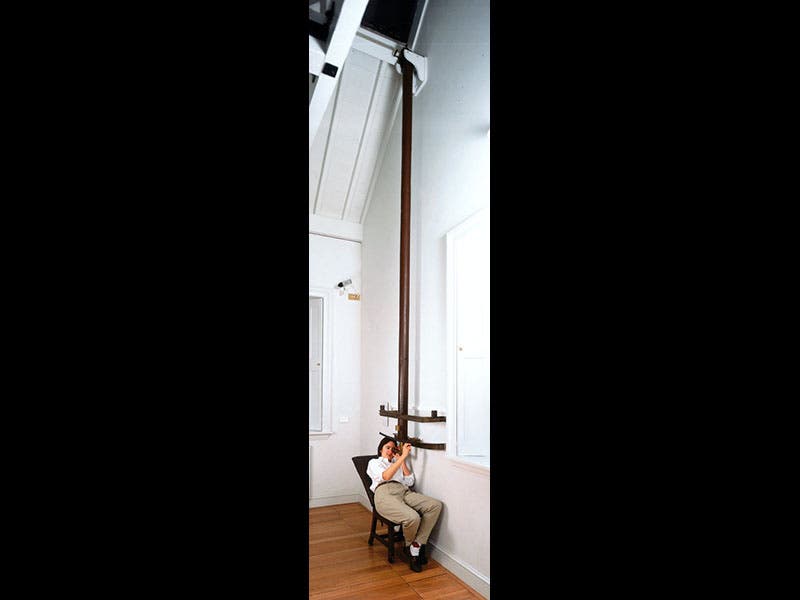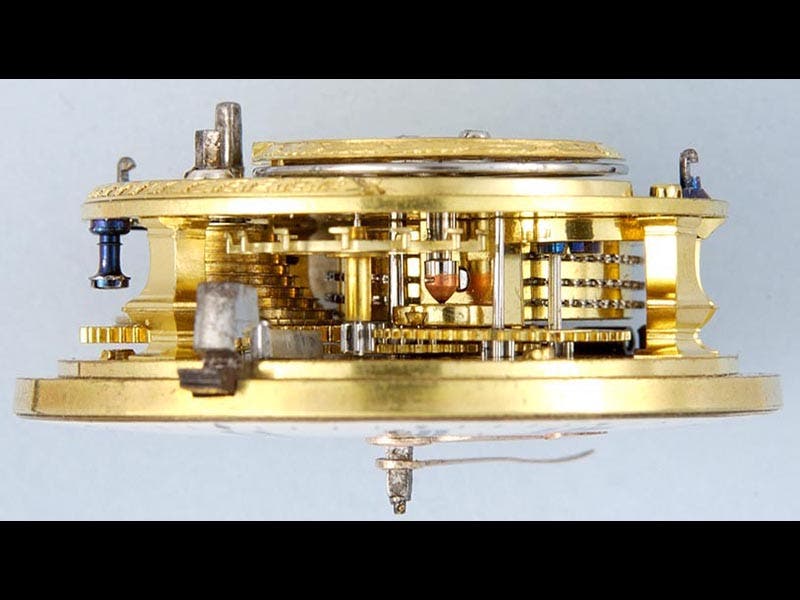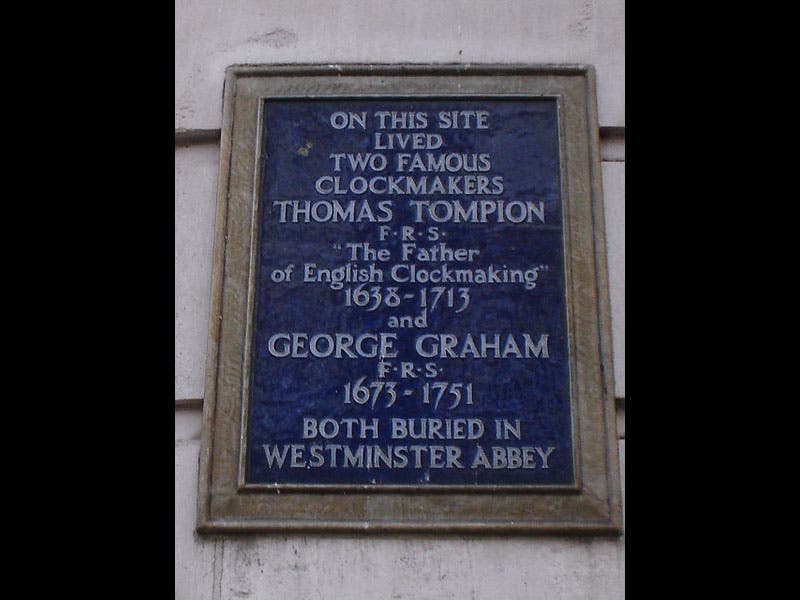Scientist of the Day - George Graham
George Graham, an English clock- and instrument-maker, was born July 7, 1673. The 18th century saw the transformation of the instrument-maker from a lower-class, ill-respected artisan to an honorable gentleman-craftsman, worthy of membership in genteel society. George Graham was mostly responsible for this metamorphosis. He made telescopes and clocks for patrons who were so pleased with Graham’s meticulous handiwork that they saw to it that Graham got a share of the limelight. When Pierre Maupertuis visited London prior to making his trip to Lapland in 1736 to determine the shape of the earth, he was so impressed by Graham that he outfitted his expedition almost exclusively with Graham sextants, theodolites, and telescopes, and he gave Graham credit in his narrative. James Bradley used a Graham zenith telescope to discover the aberration of light in 1729 (third image), the first evidence that the earth moved around the sun, and he too credited Graham for his success. The fourth image above shows a side view of a Graham watch of about 1735.
Graham was later inducted into the Royal Society of London, and when he died in 1751, he was buried in Westminster Abbey (interestingly, sharing the grave of his predeceased colleague, Thomas Tompion). There is a plaque honoring both Tompion and Graham at the site of their shop in London (fifth image).
One of Graham’s most notable inventions was the “orrery”, a clockwork device that reproduces the motions of the earth, sun, and moon. The first orrery was built by James Rowley to Graham's design in 1713 for Charles Boyle, the 4th Earl of Orrery, whence the instrument's name. Later orreries would show the motion of other planets as well. The original Rowley/Graham orrery is on display in the Science Museum in London (first image).
The engraved portrait of Graham is in the National Portrait Gallery, London (second image).
Dr. William B. Ashworth, Jr., Consultant for the History of Science, Linda Hall Library and Associate Professor, Department of History, University of Missouri-Kansas City. Comments or corrections are welcome; please direct to ashworthw@umkc.edu.











